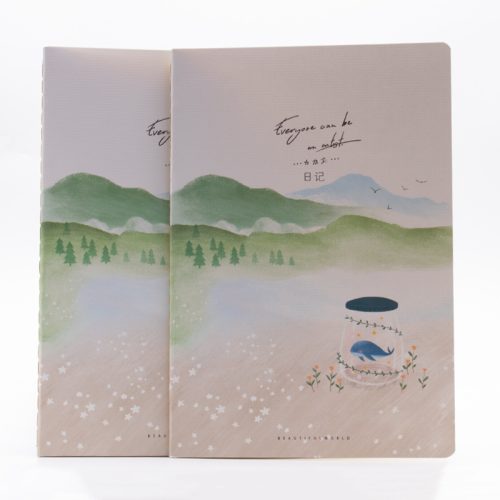Pencil artistry is a versatile and captivating form of visual expression that can range from realism to imaginative and abstract creations. Whether you’re aiming to achieve hyper-realistic drawings or explore more abstract and imaginative realms, here’s a guide on pencil artistry from realism to beyond:
1. Realism:
- Study and Observation: Realistic pencil art often begins with keen observation. Study your subject closely, paying attention to details, proportions, and lighting.
- Graphite Grades: Realism often requires a range of pencil grades. Start with lighter grades (H) for fine details and gradually move to softer grades (B) for shading and darker tones.
- Shading Techniques: Master shading techniques like hatching, cross-hatching, stippling, and blending. These techniques allow you to create smooth transitions and textures.
- Textures and Surfaces: Practice capturing various textures such as fur, skin, fabric, and reflective surfaces. Vary your pencil strokes to mimic these textures realistically.
- Layering: Building up layers of graphite gradually is essential for creating depth and achieving realism. Start with a light sketch and progressively add darker layers.
- Patience and Attention to Detail: Realistic art can be time-consuming. Be patient and pay meticulous attention to details, even the smallest ones.
2. Portraiture:
- Proportion and Anatomy: Portrait drawing involves capturing the likeness and character of the subject. Study facial anatomy, proportions, and features closely.
- Eyes and Expression: The eyes are often considered the focal point of a portrait. Pay special attention to capturing emotions and expressions through the eyes.
- Hair and Skin: Practice rendering the textures of hair and skin, taking into account highlights, shadows, and skin tones.
- Background: Consider the background to complement the subject. A well-chosen background can enhance the overall impact of the portrait.
3. Hyper-Realism:
- Extreme Detail: Hyper-realistic artists take realism to the extreme by meticulously recreating every tiny detail. This includes pores, wrinkles, and even imperfections.
- Reference Images: High-quality reference images are crucial for hyper-realistic art. Use high-resolution photos for the utmost accuracy.
- Patience and Precision: Hyper-realistic art requires immense patience and precision. Artists may spend hundreds of hours on a single piece.
4. Beyond Realism:
- Abstract Pencil Art: Embrace abstraction by using pencil strokes, shapes, and patterns to create non-representational, imaginative, or surreal pieces.
- Imagination and Creativity: Let your imagination run wild. Create unique worlds, characters, and concepts that don’t exist in reality.
- Exploring Styles: Experiment with various styles, from minimalism to expressionism. Blend different media with pencil, such as watercolor or ink, to add dimension and depth to your work.
- Symbolism and Conceptual Art: Explore deeper meanings and concepts through your art. Use symbolism and metaphors to convey messages or stories.
- Mixed Media: Combine pencil with other art mediums like acrylics, collage, or digital elements to push the boundaries of your creativity.
- Emotion and Mood: Focus on conveying emotions and mood rather than strict representation. Use light, shadow, and composition to evoke feelings in your viewers.
Remember that pencil artistry is a journey, and there are no strict rules. Explore different styles, experiment with techniques, and allow your artistic voice to evolve over time. Whether you choose to create realistic masterpieces or explore the limitless realm of imagination, pencil art offers a captivating and deeply personal means of expression.


